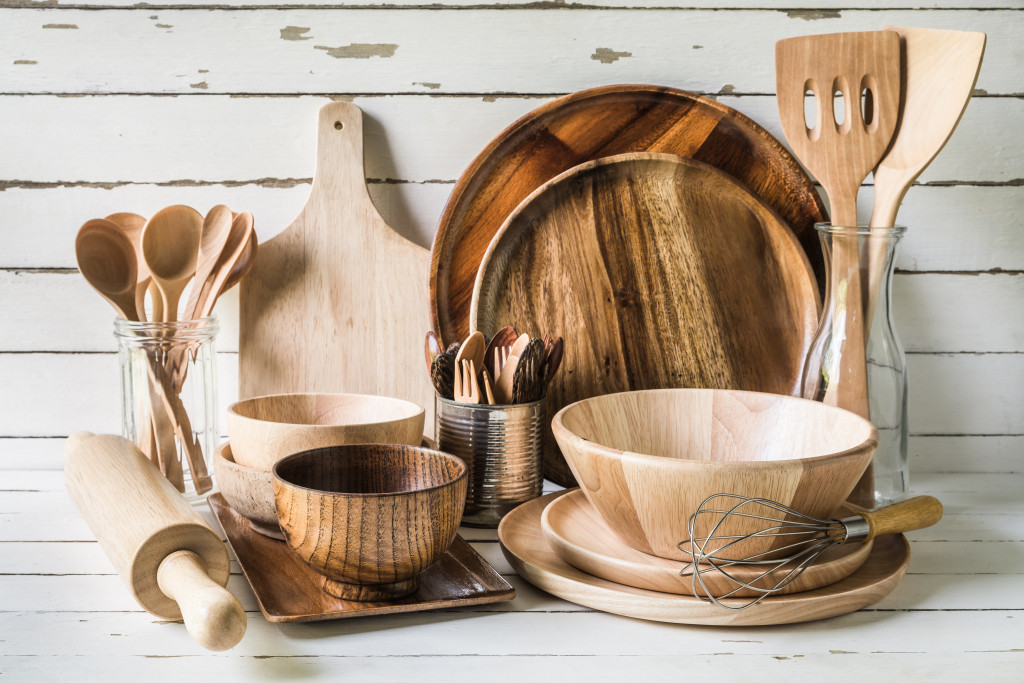From fashion and cosmetics to food and drink, recent years have witnessed the rise in popularity of handcrafted, homemade goods.
Artisan products have emerged as a prominent lifestyle trend that’s associated with millennials and younger demographics. And as these generations have grown in purchasing power, so has their sway over the market.
But does the trend hold any lasting value?
A human connection
Across industries, the marketing paradigm has gradually shifted in favor of increased personalization. More than ever, consumers want experiences that speak to them on a personal level.
Factors such as widespread internet access, which democratizes information, and the rise of social media, which expands individual influence, have helped fuel this demand. Brands that figure out how to best tap this “business to me” frontier can realize significant gains.
To achieve that end, many are investing heavily in data analytics, yielding deep insights into their consumer base. They seek to translate that knowledge into innovation that can differentiate them from competitors.
Yet if you take away the technology, AI, and marketing savvy, at the heart of this desire for personalization is a yearning for authenticity. People have always valued a genuine human connection, which is inherent in traditional craftsmanship.
The age of mass production was driven by companies’ pursuit of efficiency through economies of scale. And as cheap products from big retailers flooded markets, cottage industries were forced out of competition.
Now that the balance of power has shifted back to the consumer, more people are rediscovering the appeal of artisan products. They tell stories, bear the hallmarks of human creativity and skill, and benefit in quality from the maker’s dedication to their craft.
This is also why we buy curated gift boxes from companies that represent local makers. If it’s for someone special, you don’t get it at Walmart, even though they have a wide selection of candles, bath soaps, coffee and tea, and more.
Your purchase of a handmade product gives you a connection to the craftsman behind it. And giving that to someone else is an extension of that personalized, human touch.
Not just luxury
Cynics, however, will point out that mass production isn’t going away. Big companies will always gravitate towards efficiency. And their resources allow them to invest in technology that ensures quality control, free from human error.
Like a work of art, perhaps, an artisan product might have a high ceiling for value. But mass-produced goods have a high floor. You’re guaranteed to have a standard experience.
This matters a lot in some areas. Athletic apparel, for instance, must be reliable for performance. You don’t see sports professionals taking the floor wearing handmade shoes, for instance. The likes of McDonald’s and Starbucks offer the same standardized experiences no matter where in the world you go.

The combination of reliability and relative affordability favors mass production. It can be argued that artisan goods are actually a form of luxury that’s being subsidized by the willingness of some consumers to pay more than usual.
Minus that discretionary spending, perhaps due to a pandemic or recession, you can expect frugal consumer behavior, drifting back towards functional, mass-made value.
Yet as some of the world’s oldest luxury brands can attest, this class of goods can survive through economic downturns. And artisan products aren’t just any kind of luxury. They are a conscious way of expressing one’s preferences and tastes. The battle isn’t being waged on price point but identity.
Saving diversity
For the individual consumer, then, there’s a lot at stake in choosing to support small-scale makers and their products. Market share for artisan goods may never be dominant, but fueling that demand creates a lifeline for these cottage industries.
In that context, there’s an even greater reason for businesses to partner with artisans. It’s not entirely about jumping onto the bandwagon, though that can really help you ride the wave of personalization. It’s about preserving diversity.
Traditional crafts are distilled by handing down local practices through generations. Knowledge of materials and techniques that have never entered the mainstream is often lost with the last craftsman in a tradition.
An example of such a vanishing craft is the process of making Dhaka muslin, once the most expensive fabric in the world, then driven to extinction by the British textile industry.
New artisans also play a role in innovation. Unlike mass manufacturers, they have the freedom to experiment, effectively throwing their craft into the market to find what sticks.
In a business ecosystem without artisans, there is only one way of doing things. More than the consumer’s desire for personalization and beyond the business case for catering to this trend, saving that diversity will enrich any industry moving forward.





